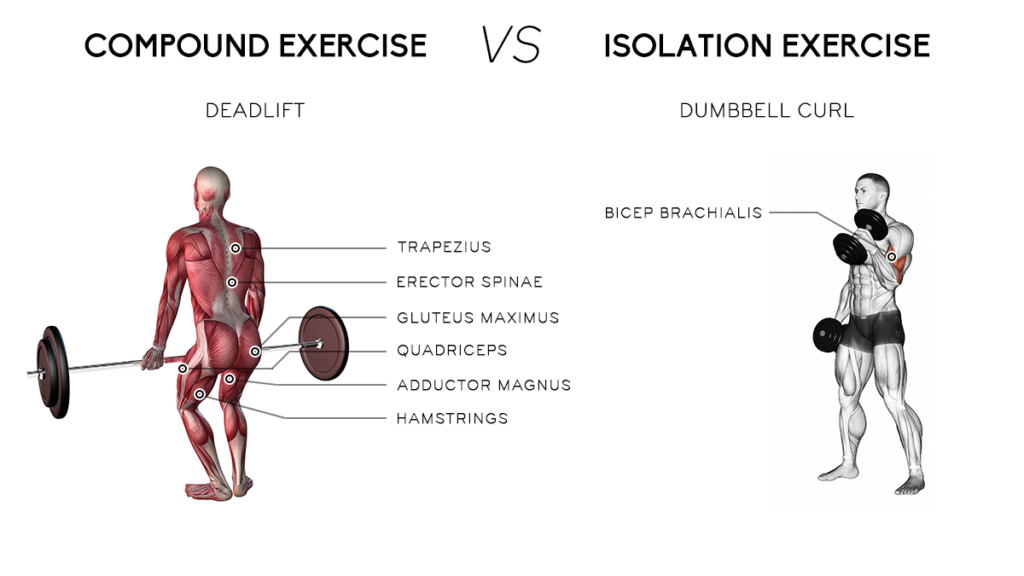In the world of fitness and strength training, there are two main categories of exercises: compound and isolation. Each type of exercise has its own unique benefits and drawbacks, making it important for you to understand the differences between them in order to maximize your workout routine.
Compound Exercises
Compound exercises are multi-joint movements that engage multiple muscle groups at once. Examples of compound exercises include squats, deadlifts, bench presses, and pull-ups. These exercises are highly effective for building strength and muscle mass because they recruit a large number of muscles in each movement.
One of the key advantages of compound exercises is that they mimic real-life movements, making them functional for everyday activities. They also help improve overall coordination and balance, as well as increase calorie burn due to the high level of muscle engagement.
Isolation Exercises
Isolation exercises, on the other hand, target a specific muscle or muscle group and isolate them from the rest of the body. Examples of isolation exercises include bicep curls, tricep extensions, and leg extensions. These exercises are ideal for targeting a particular muscle group that may be weaker or in need of extra attention.
Isolation exercises are valuable for bodybuilders and athletes looking to sculpt specific muscles, as they allow for precise targeting and isolation of individual muscle groups. They can also be beneficial for rehabilitation and injury prevention by strengthening weak muscles that may be overlooked in compound movements.
Which Is Better?
The question of whether compound or isolation exercises are better ultimately depends on your fitness goals and personal preferences. Both types of exercises have their own set of advantages and disadvantages, so it’s important to incorporate a mix of both into your workout routine for optimal results.
If your primary goal is to build overall strength and muscle mass, compound exercises should be the foundation of your workout routine. These movements are essential for building a solid foundation of strength and functional fitness, making them a key component of any well-rounded workout program.
However, if you have specific muscle groups that you want to target or if you are looking to sculpt a particular part of your body, isolation exercises can be a valuable addition to your routine. By incorporating a combination of compound and isolation exercises, you can ensure that you are targeting all major muscle groups while also addressing any weaker areas that may need extra attention.
Conclusion
In conclusion, both compound and isolation exercises have their own unique benefits and play an important role in any comprehensive workout program. By understanding the differences between the two and incorporating a mix of both into your routine, you can maximize your results and achieve your fitness goals more effectively. Remember to always listen to your body, stay consistent with your workouts, and make adjustments as needed to continue progressing towards your fitness goals.

